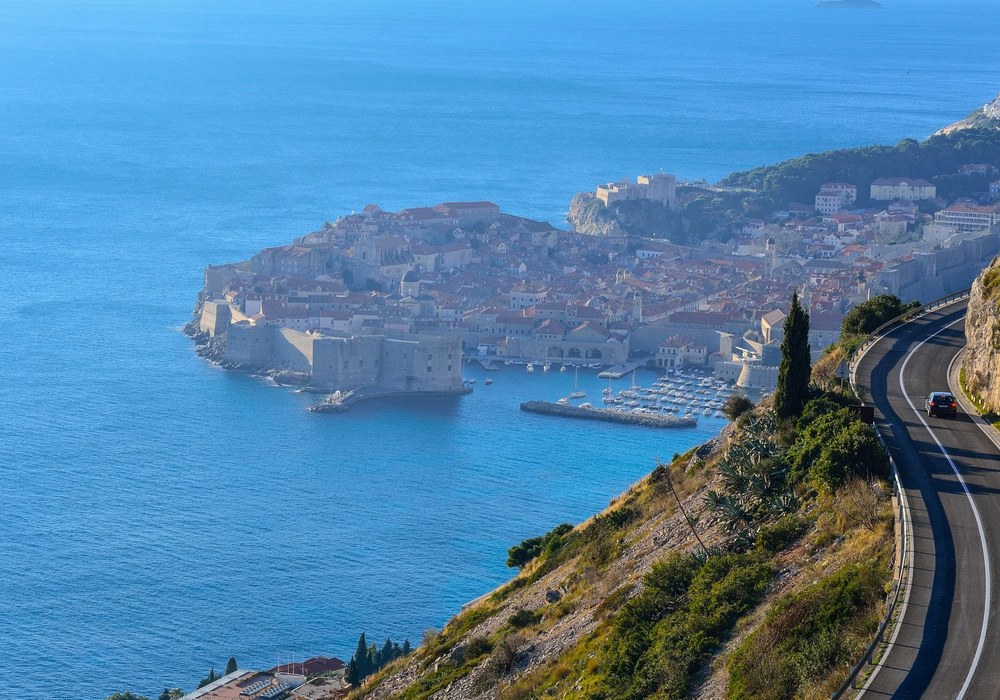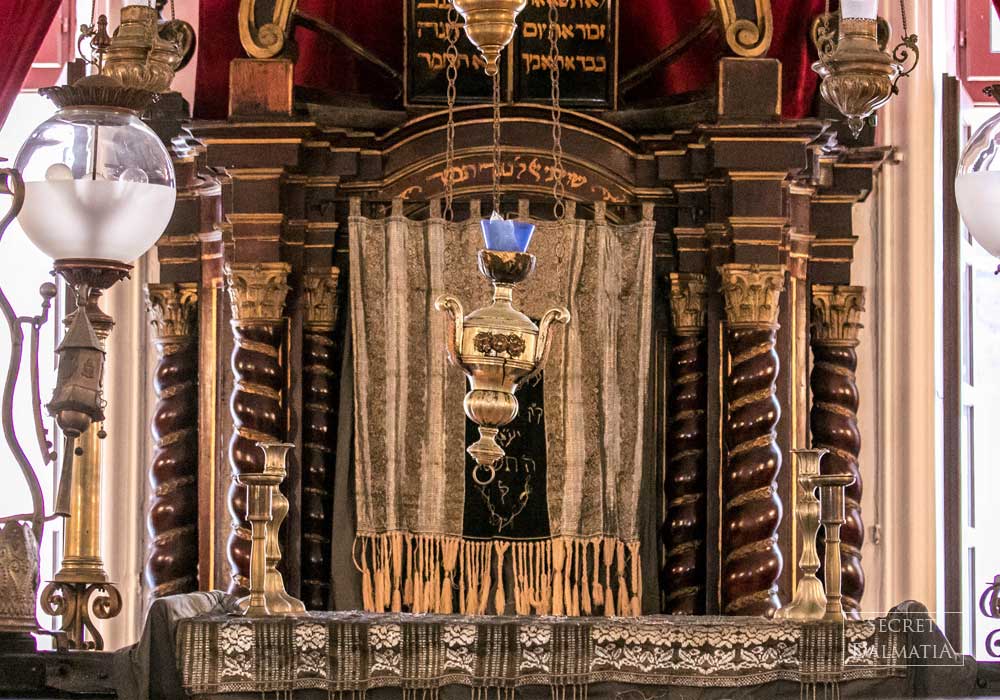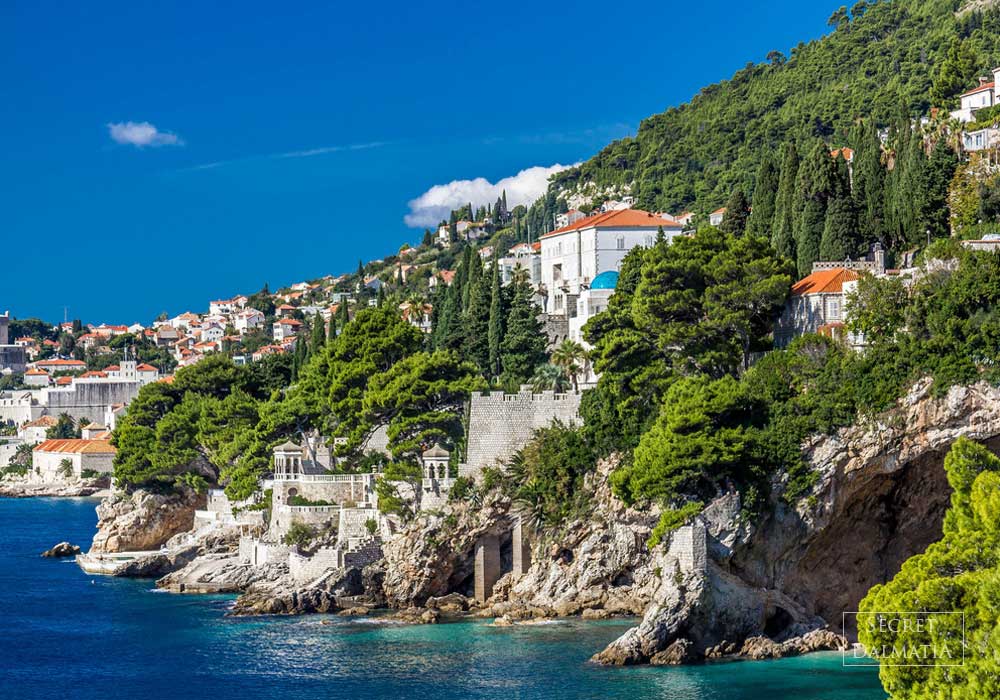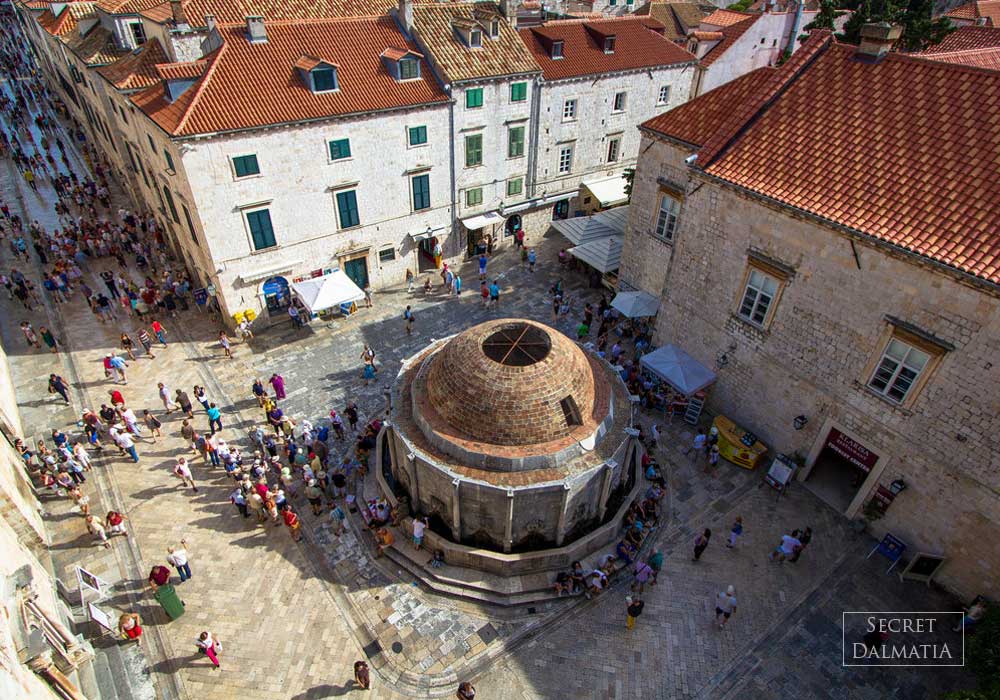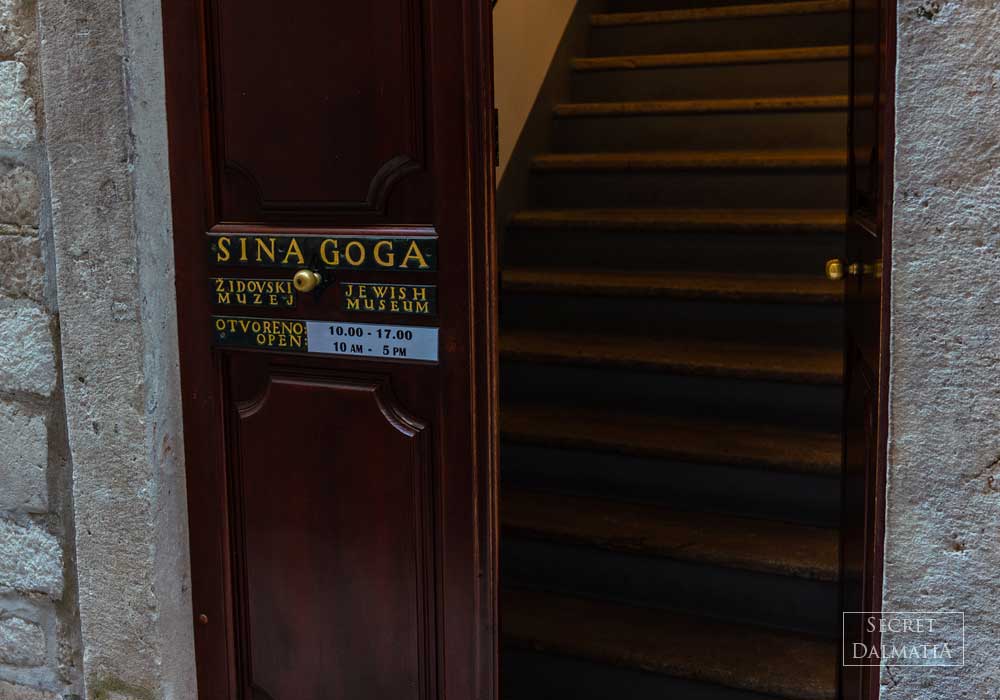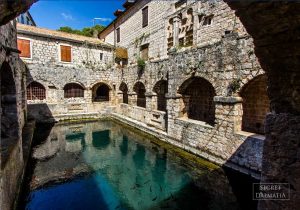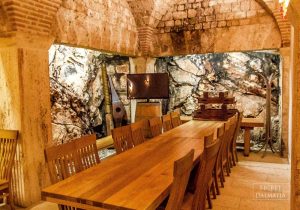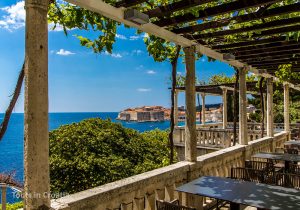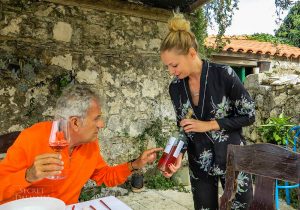Despite the small size of Dubrovnik’s Old Town, its Sephardic synagogue has global significance in the history of Jewish culture in Europe and is considered the second oldest on the continent by the continuity of operation. With the first mentioned Jews arriving in Dubrovnik in the 1300s, the connection between these two merchant peoples continued to develop over the upcoming centuries. Although the Jewish community in Dubrovnik was always relatively small, its importance in the everyday life of the Republic was often significant. Travel back in time and explore the Jewish corner of “Pearl of the Adriatic”.
Jewish Heritage of Dubrovnik
Discover the remarkable Jewish history of Dubrovnik!

Duration: half day

Difficulty: easy

From: Dubrovnik
Available all year round
Jewish Heritage of Dubrovnik
Discover the remarkable Jewish history of Dubrovnik!
Despite the small size of Dubrovnik’s Old Town, its Sephardic synagogue has global significance in the history of Jewish culture in Europe and is considered the second oldest on the continent by the continuity of operation. With the first mentioned Jews arriving in Dubrovnik in the 1300s, the connection between these two merchant peoples continued to develop over the upcoming centuries. Although the Jewish community in Dubrovnik was always relatively small, its importance in the everyday life of the Republic was often significant. Travel back in time and explore the Jewish corner of “Pearl of the Adriatic”.
Highlights & Details
The first Jew mentioned in Dubrovnik documents in 1326 was a doctor although, around the same time, many Jews came to the area as coral hunters. Already in the beginning of the 15th century, Jews can take residence in Dubrovnik but following the 1492 expulsion from Spain, the Jewish immigrants quickly established themselves as merchants dealing in fabrics, silk, wool, leather and spices. Ultimately, this led to a decision of the Republic government from 1546, establishing the Jewish ghetto in Žudioska Street. In ghetto times, the alley was closed at the top and controlled by a gate at the lower end, neither of which exists today.
By 1614 the Jews of Dubrovnik were so much a part of the life of Dubrovnik that the Senate gave concessions to encourage them to live here permanently. Less than a decade later, however, the increased pressure from the Catholic Church and the changing sentiments of the local population had reduced the Jewish population to just four families. Today there are only a handful of Jews still living here and the synagogue is mostly a museum – but from time to time prayer services are still held by visiting rabbis.
Our tour takes you through the Old Town, down the main street Stradun, to Žudioska (Jewish) Street where the Jewish community once lived. There, we will visit the synagogue and its remarkably well-preserved and historically significant interior, dating back to 1652. In the complex, the small but remarkable Jewish museum holds precious 13th and 14th century Torahs and many valuable documents related to the history of Jews in Dubrovnik. After the visit to the Synagogue and the Jewish museum, the tour continues with exploring the magnificent cultural heritage of Dubrovnik and tells the story of the historically significant Jewish community and the time they lived in.
This tour is fully private and on request only.
Bring your camera, comfortable shoes, hat and sunscreen in the summer months.
Please advise if you have any mobility issues so the tour can be adjusted accordingly.
Tour includes
Collection from your hotel, villa or private accommodation by our local guide and professional English speaking chauffeur in a comfortable luxury sedan car or passenger van
Entrance tickets
NOT included
Gratuities
Tour Inquiry
Quick Info

AIRPORT NEARBY
Dubrovnik

HARBOR NEARBY
Dubrovnik
Dubrovnik
Korčula
Ghetto of Dubrovnik
After the 1492 expulsion of Jews from Spain, many of the expelled sailed east and some eventually settled into the Balkans and the independent city of Dubrovnik. In 1546 Dubrovnik officials allocate a Jewish settlement within the city, the Dubrovnik Ghetto. The Ghetto consisted of between 4 and 18 houses, interconnected to one another and the synagogue by interior passageways. Still, the Ghetto was occasionally too small so members of the Jewish community sometimes lived outside it, but always in vicinity. Žudioska Street was like the petit Stradun (main Dubrovnik street), with vivid and active daily life and theatrical and musical performances which often attracted other Dubrovnik inhabitants to come visit.
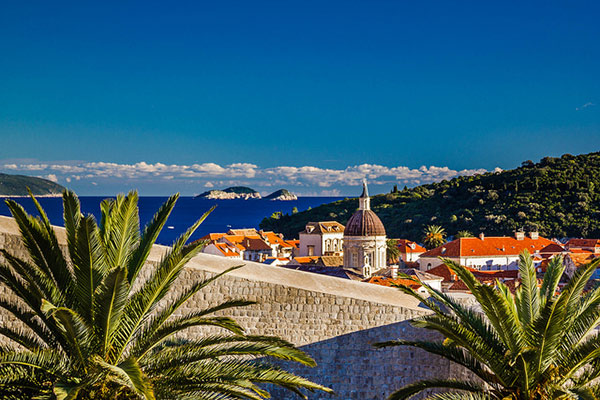
Maybe You Would Be Interested in These Experiences, too?
Unique tour for travelers with disabilities
Private archery & swordplay class
Explore the people and secrets of the island!
Our tour, focusing on the Jewish heritage of Dubrovnik, offers a unique and immersive exploration of the city’s rich Jewish history. As you traverse the historic Jewish Quarter, you’ll be transported back in time, walking the same streets that the Jewish community has walked for centuries. You’ll visit the ancient synagogue, a testament to the enduring spirit and resilience of the Jewish community in Dubrovnik. This synagogue, one of the oldest Sephardic synagogues still in use today in the world and the second oldest synagogue in Europe, is a treasure trove of history and culture. As you explore this sacred space, you’ll gain a deeper understanding of the Jewish faith and its traditions. But the tour goes beyond just visiting historical sites. It’s about connecting with the past and understanding the Jewish community’s significant influence on Dubrovnik’s culture, economy, and history. Our knowledgeable guides will share fascinating stories and insights, bringing the past to life. This tour is not just a sightseeing excursion; it’s an educational and cultural journey that offers a unique perspective on Dubrovnik’s past and present.
While there are many history tours in Dubrovnik, our tour stands out because of its specific focus on the Jewish community’s contributions to Dubrovnik’s culture and history. Many tours cover the general history of Dubrovnik, touching on various aspects of the city’s past. However, our tour delves deeper into a specific part of that history – the Jewish heritage. We take you to sites that are often overlooked by other tours, including the ancient synagogue, a significant symbol of the Jewish community’s enduring presence in Dubrovnik. Our guides are not only knowledgeable about Jewish history but are also passionate about sharing this knowledge. They provide unique insights and share stories that you won’t hear on other tours. This focus on the Jewish heritage of Dubrovnik makes our tour a unique and enriching experience.
The synagogue in Dubrovnik is a significant site not only for the local Jewish community but also for the global Jewish diaspora. It is one of the oldest Sephardic synagogues still in use today in the world and the second oldest synagogue in Europe. The synagogue is a testament to the Jewish community’s resilience and enduring presence in Dubrovnik. Despite various challenges throughout history, including the Holocaust, the synagogue has remained a place of worship and community for the Jewish people in Dubrovnik. As you explore the synagogue, you’ll be able to see various historical artifacts and learn about the synagogue’s history and the Jewish community’s experiences over the centuries. The synagogue is more than just a building; it’s a symbol of faith, resilience, and community.
On our tour, you’ll gain a comprehensive understanding of the Jewish community’s history in Dubrovnik. You’ll learn about their arrival in the city, their influence on the city’s culture and economy, and their experiences during different historical periods. This includes the challenging times of the Holocaust, a dark period in history that had significant impacts on the Jewish community. Despite these challenges, the Jewish community in Dubrovnik has shown remarkable resilience and has continued to contribute to the city’s culture and economy. Our guides will share insights about the Jewish community’s role in Dubrovnik today, providing a well-rounded view of their history and current status in the city.
The Jewish Heritage of Dubrovnik tour is designed as a half-day experience. This duration allows ample time to explore the Jewish Quarter, visit the synagogue, and learn about the Jewish community’s history in Dubrovnik. However, the actual duration may vary slightly depending on the group’s pace and interests. We aim to provide a comprehensive and enjoyable experience, so we never rush our guests. We encourage questions and discussions, making each tour a unique and engaging experience.
Yes, the Jewish Heritage of Dubrovnik tour is suitable for all ages. However, it’s important to note that the tour involves a fair amount of walking, including some uphill paths and steps. Therefore, it may not be suitable for those with mobility issues. We recommend wearing comfortable shoes and bringing water, especially during the summer months when the weather can be quite hot. Despite the physical demands, the tour is a fascinating and educational experience that can be enjoyed by everyone, from children to seniors.
Booking the Jewish Heritage of Dubrovnik tour is simple and straightforward. You can book the tour directly through our website. If you have any questions or need assistance with your booking, our team is always ready to help. You can contact us at [email protected]. We strive to make the booking process as easy as possible, so you can focus on looking forward to your travel experience in Croatia. We’re here to help make your travel experience in Croatia as enjoyable and hassle-free as possible.

